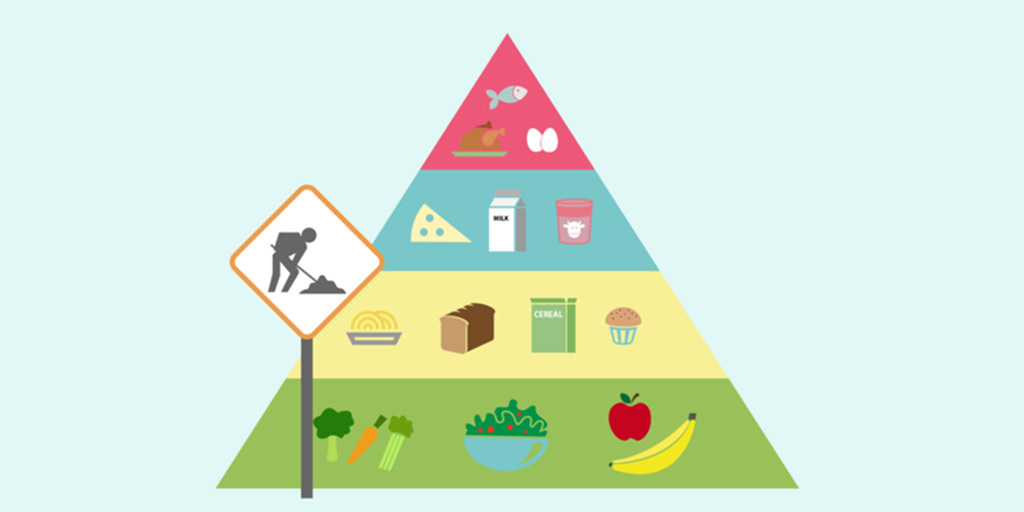Canada's Food Guide finally receiving revamp in 2018
 CREDIT: KIIJA GARGARELLO, GAZETTE
CREDIT: KIIJA GARGARELLO, GAZETTEAfter years of remaining the same, Canada's food guide is getting set to be revamped this year.
London (CUP) — Since elementary school, we've become accustomed to the iconic pyramid that is Canada's Food Guide. Now, Canada's Food Guide is set for a revamp — its first update since 2007. The new food guide attempts to remediate some of its issues by providing more alternative options for vegetarians, vegans and individuals with food allergies.
Politicians, nutritionists and other stakeholders who have worked on the food guide have attempted to address concerns from doctors and nutritionists who believe changes must be made to, what they think, is an outdated document.
After taking Highway to Health, a health class at Western University, fourth-year psychology and French student, Julia Smith, says she's concerned about the 2007 Food Guide.
Smith believes that the current food guide places too much emphasis on meats and dairy.
“It's not really sustainable for anyone who's vegetarian or vegan because it doesn't really include options,” Smith said.
The new food guide has several themes influencing its creation.
Leonard Piche, a food and nutrition professor, says some of the themes include: environmental sustainability, cultural diversity and alternative diets.
“There's a focus in the new food guide on selecting more nutritious food, such as obtaining more fruits and vegetables and cutting down on the amount of sodium and saturated fat in your diet and sugars in your diet,” Piche said.
From Smith's understanding, the new food guide will emphasize more protein-rich foods like beans and lentils, for individuals who need protein but abstain from eating meat.
The guide will try to include culturally appropriate foods and also represent Indigenous cultures and traditions.
Some people who have given feedback for the professionals curating the food guide have also encouraged them to consider things like animal welfare, community gardening and buying local.
Many critics argue that the current food guide advises individuals to eat more calories than necessary. Some nutritionists and doctors question the inclusion of fruit juice in the fruits and vegetable category.
Although the current food guide has its share of critics, Piche said that there is a lot of science that supports the food guide.
“They used a modelling system to come up with various servings and food groups. If you ate according to the food guide, you'd get all of the recommended nutrients,” Piche said.
Currently, Smith tries to follow the food guide. However, she says it has its challenges.
“It's kind of tough to have eight servings of vegetables. It's also expensive to follow a balanced diet,” Smith said.
Smith hopes that the new food guide will open people's eyes to alternative diets that will make eating well more affordable for students.














